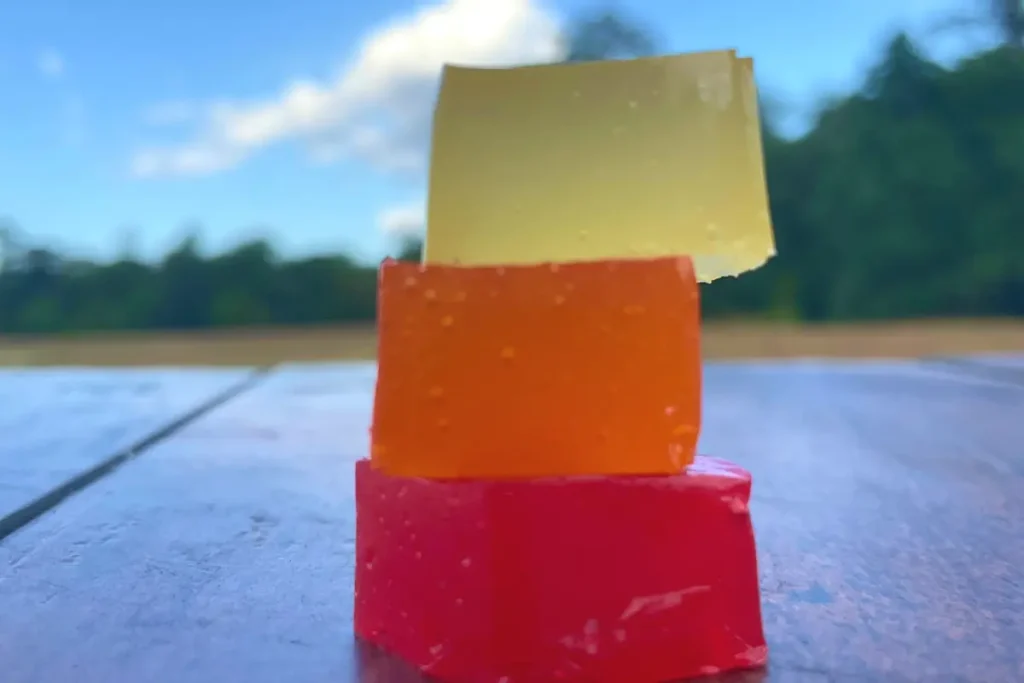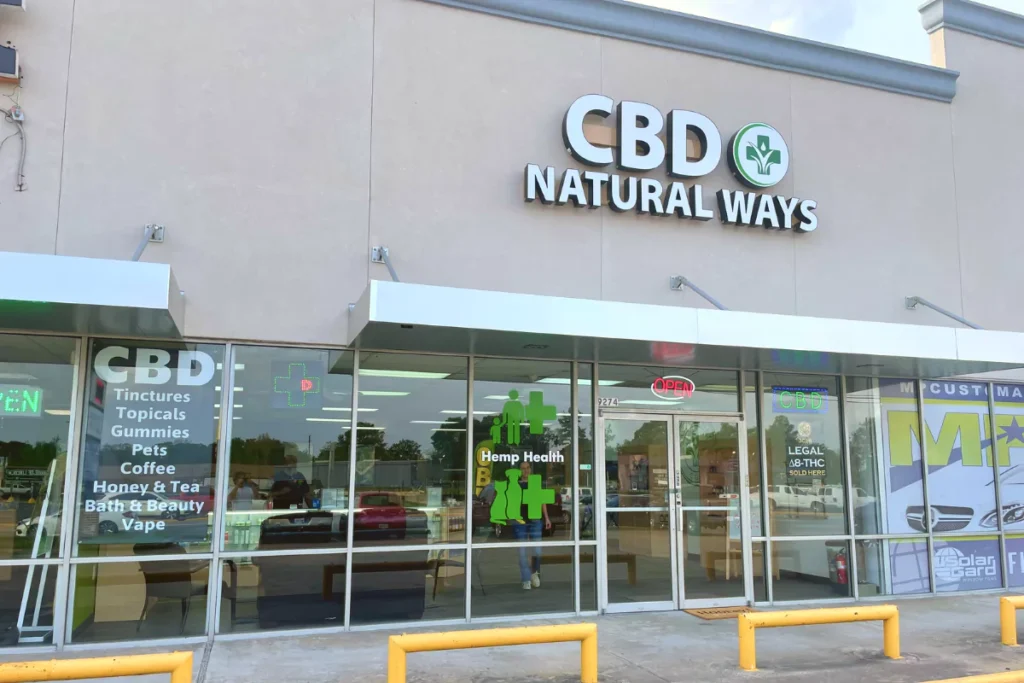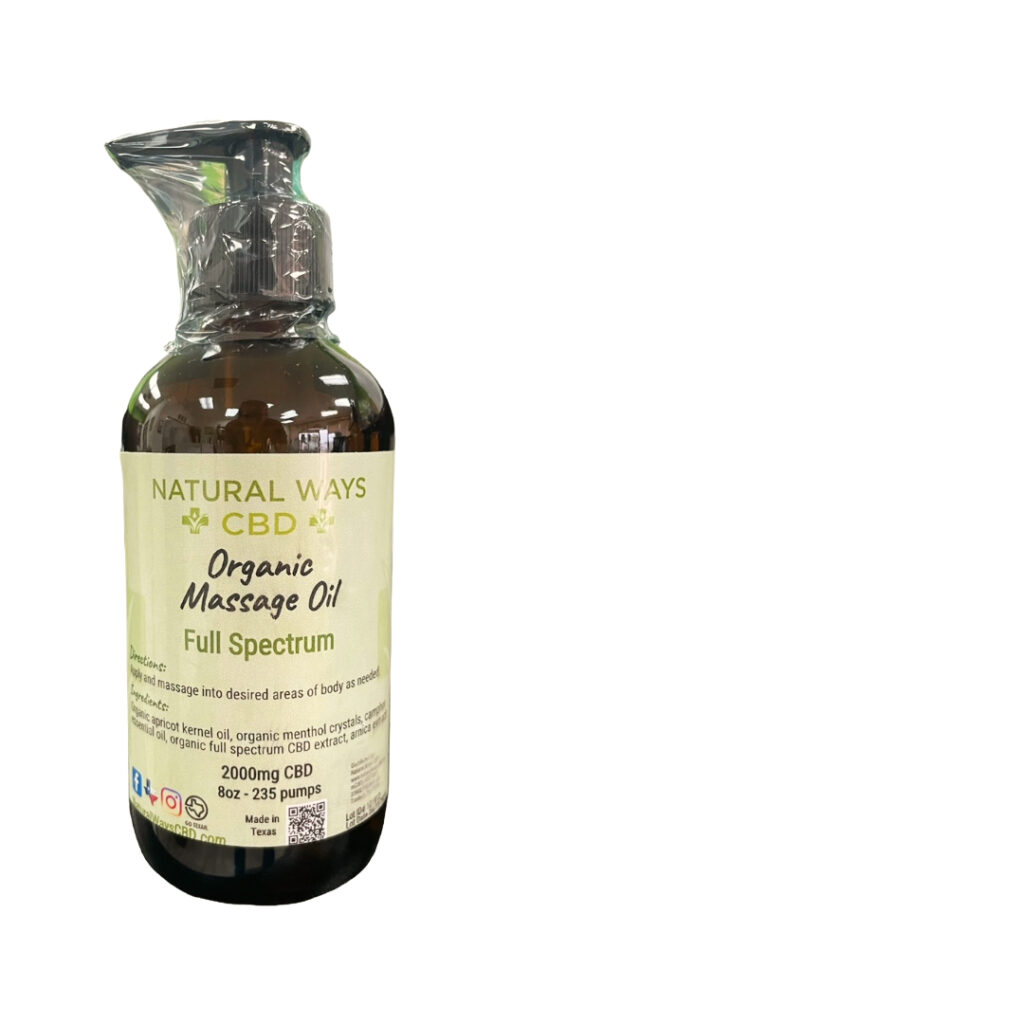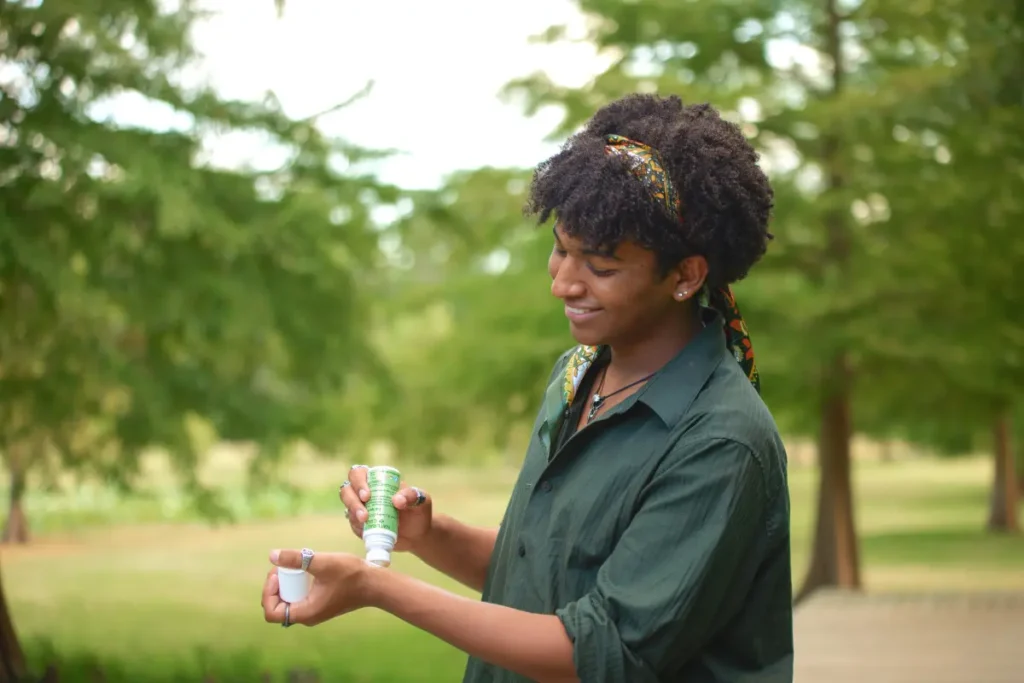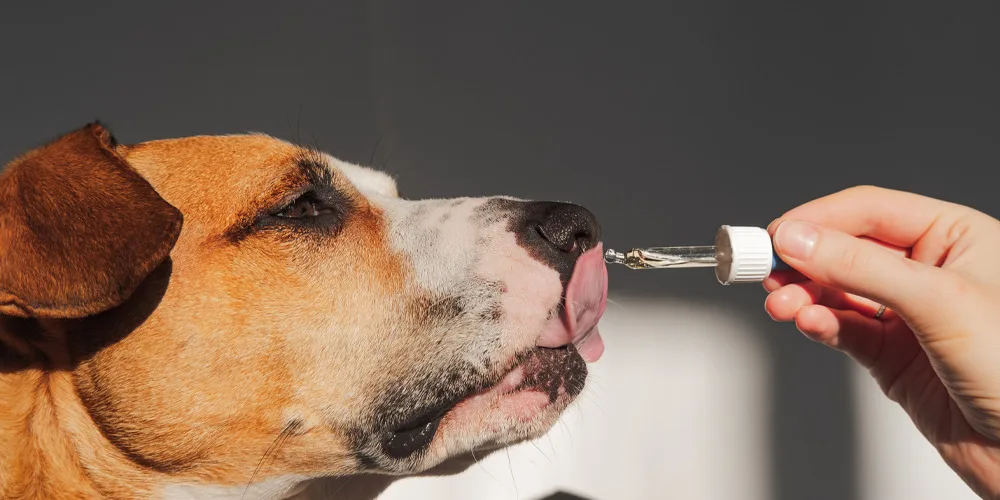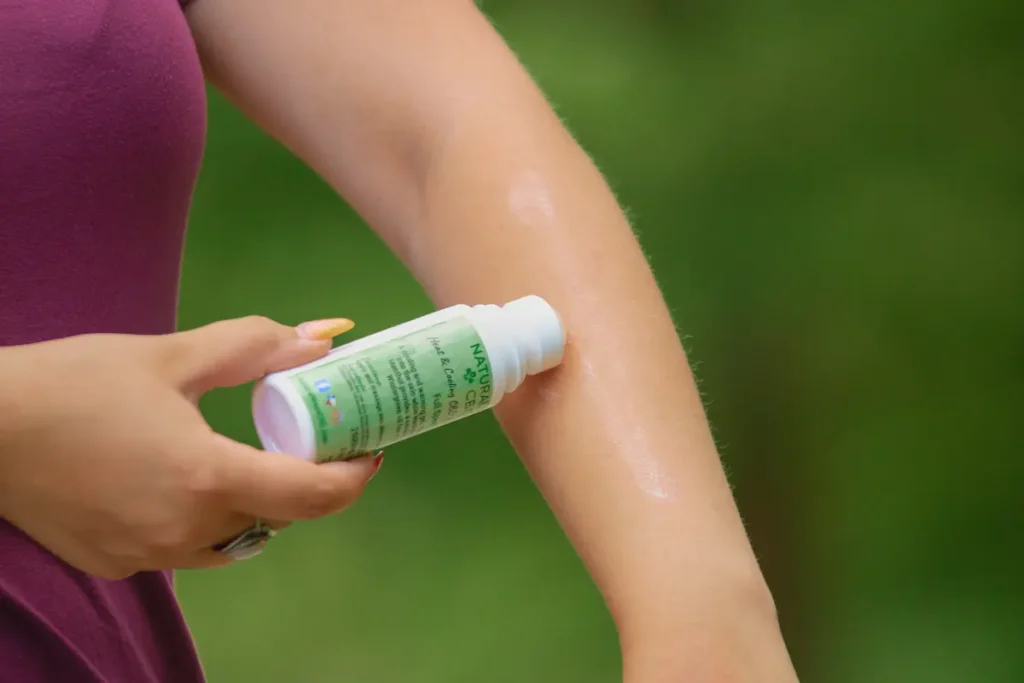If you’ve recently discovered CBD edibles and you’re wondering where to start, this article is for you.
We’ve going to break down the different types of CBD edibles. We’ll discuss the different types of CBD extract that edibles are commonly infused with, then, we’ll look at the different types of CBD edibles that are available.
There are three main types of CBD in edibles:
- CBD Isolate. A “pure” CBD extract that contains no other compounds.
- Broad Spectrum CBD. A CBD extract that contains all the cannabinoids and terpenes that naturally occur with CBD, except for THC, which is excluded.
- Full Spectrum CBD. A CBD extract that contains the full range of cannabinoids and terpenes that occur alongside CBD, including up to 0.3% THC.
Each of these types of CBD extract have benefits in edible form; the best choice for you depends on your health goals.

What is CBD?
Cannabidiol (CBD) is also one of more than 100 naturally occurring cannabinoids in the cannabis sativa plant (hemp is a variant of cannabis sativa containing less than 0.3% THC).
Because of its high abundance and wide array of therapeutic benefits, CBD is one of the most well-known cannabinoids.
Research suggests CBD has therapeutic potential for pain, inflammation, anxiety, sleep, and epilepsy, among other things.
What Are CBD Edibles?
CBD edibles are edible products, such as gummies and baked goods, that contain cannabidiol (CBD).
CBD is non-psychoactive, naturally occurring cannabinoid in the hemp plant that has a variety of potential therapeutic benefits.
This has made CBD edibles a popular natural supplement that people use to support good health in a variety of ways.
Types of CBD Extract in Edibles
There are three main types of CBD extract: full-spectrum CBD, broad-spectrum CBD, and CBD isolate.
Each of these extracts is commonly used in edibles:
- Full-spectrum CBD edibles: When CBD is extracted, the extract naturally contains the other cannabinoids also found in the hemp plant. This extract is known as full-spectrum CBD. Full-spectrum CBD edibles render the most therapeutic benefit because cannabinoids create greater benefits and fewer side effects when taken together (a phenomenon known as the entourage effect).
- Broad-spectrum CBD edibles: Broad-spectrum CBD is the same as full-spectrum CBD, but with the THC removed. Broad-spectrum CBD edibles are great if you want the benefits of the entourage effect, but can’t have THC in your system due to drug testing concerns.
- CBD isolate edibles: CBD isolate is, as its name implies, just CBD, with no other cannabinoids and terpenes. CBD isolate edibles are beneficial for people who just want the effects of CBD.
To better understand the differences between each type of extract, it’s important to know how CBD occurs in nature.
Cannabis sativa naturally contains an abundance of CBD and THC, as well as smaller amounts of cannabinoids like cannabigerol (CBG) and cannabinol (CBN), among others.
Hemp is a variant of cannabis that’s been bred to contain much smaller amounts of THC (to comply with the federal law that it must contain less than 0.3% THC by dry weight).
Therefore, CBD is the dominant cannabinoid in hemp, with cannabinoids like CBG, CBN, and THC occurring alongside it in much smaller amounts.
Different CBD extraction methods and temperatures can be used to alter the cannabinoid profile contained in an extract.
Different Types of CBD Edibles
Besides the different types of CBD extract edibles can contain, you also have many options when it comes to the type of CBD edibles you buy.
CBD Gummies
CBD gummies are the most popular type of CBD edibles. They’re just like regular gummy candies, but infused with CBD.
CBD gummies are great for therapeutic use because they allow you to take the same dose, every time, and can be split into smaller pieces for smaller doses.
CBD Candy
CBD candy is a broad category that encompasses many types of CBD edibles, including hard candy, rope candy, chocolate, and more.
CBD candy is a fun way to get your dose of CBD while enjoying a treat, however, it isn’t the best option for therapeutic use day in and day out due to the sugar content.
CBD Lollipops
CBD lollipops are a subtype of CBD candy, but they’re notable due to the variety they provide: there are many different flavors of CBD lollipops out there, and many different potencies available.
CBD-infused lollipops are great for car rides and other occasions where you want to savor the experience, rather than taking your dose of CBD all at once.
CBD Chocolate
CBD chocolate is also a type of CBD candy, but it’s a category unto itself, as it’s one of the most popular types of edibles.
Most CBD chocolate bars can be broken into squares, allowing for the same consistent doses as gummies do, all while giving you the familiar flavors of milk chocolate or dark chocolate.
CBD Lozenges
CBD lozenges are just like regular lozenge tablets, except they’re CBD-infused and aren’t necessarily designed to be used for a sore throat.
CBD lozenges are typically infused with flavors and are designed to slowly dissolve in your mouth, giving you the benefits of CBD.
CBD Drinks
CBD drinks aren’t usually thought of as CBD edibles, but since they’re digested just like edibles are, we’re including them here.
Many people like CBD drinks because they can enjoy the familiar flavors of their favorite beverages while getting the benefits of this hemp-derived cannabinoid.
CBD drinks are also popular as a healthier alternative to alcohol, promoting relaxation without creating a hangover.
Other Types of CBD Edibles
While we’ve covered the main sub-categories of CBD edibles in this article, there are a seemingly endless number of CBD-infused options out there.
CBD peanut butter and CBD honey are two examples. These edible products can be enjoyed in the place of regular peanut butter and honey while packing extra benefits in the process.
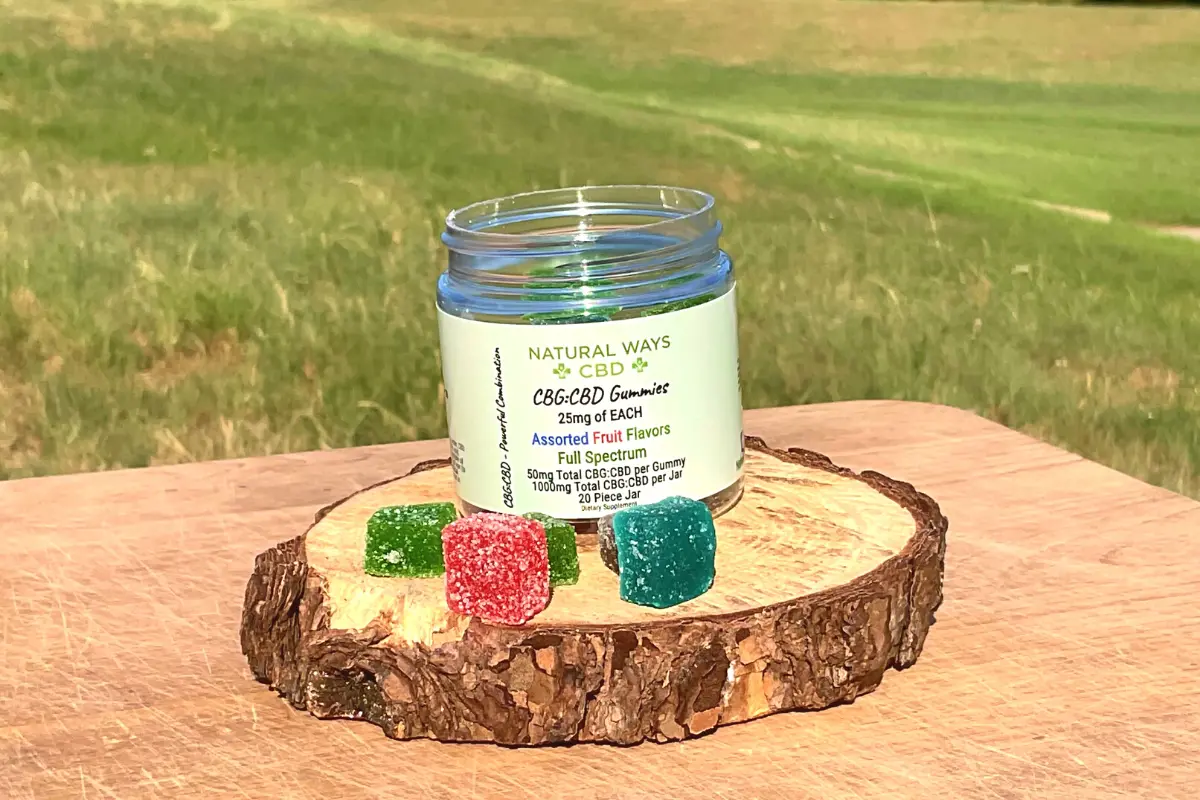
Potential Benefits of CBD Edibles
There’s no doubt that CBD edibles are delicious. But the reason they’re so popular is that CBD has a variety of potential therapeutic benefits:
- Anxiety: Several studies, as well as anecdotal evidence, suggest that CBD has anxiolytic properties. In one 1993 study, participants were subjected to a public speaking test that was designed to increase their anxiety levels. Those who took CBD saw decreased levels of anxiety compared to those who didn’t [1].
- Pain: Research suggests CBD may have analgesic (pain-reducing) and anti-inflammatory properties [2]. In 2021, scientists conducted a survey of 253 CBD users to better understand how effective it is for pain. Participants reported that CBD helped their pain (59.0%) and allowed them to reduce their pain medications (67.6%) [3].
- Sleep: A 2017 research review found that CBD has therapeutic potential for insomnia [4]. CBD may directly promote mental relaxation, but its benefits for sleep are also due to its physically supportive effects.
- Epilepsy: CBD is FDA-approved to treat certain forms of epilepsy in the form of the prescription drug Epidiolex. Epidiolex clinical trials show that CBD may improve Lennox-Gastaut Syndrome, a severe form of epilepsy most commonly found in children. Patients of this condition who took CBD only experienced half as many seizures as those who received a placebo [5].
- Addiction: There is a small body of research suggesting CBD may have therapeutic potential for people addicted to opioids, cocaine, and psychostimulant drugs, as well as for cannabis and tobacco addiction [6].
Side Effects of CBD Edibles
Research suggests CBD is safe and well-tolerated, even if you take large doses and use it regularly.
However, CBD edibles have the potential to cause the following side effects in some people:
- Dry mouth
- Drowsiness
- Diarrhea
- Reduced appetite
- Fatigue
To avoid these side effects, start with low-potency CBD edibles before moving on to stronger options. This will allow you to feel the benefits of CBD without becoming overwhelmed.
For more, see our CBD dosage guide.
How to Shop for CBD Edibles
CBD edibles can be beneficial and delicious – but only if you buy ones that are high-quality. Here are a few shopping tips to help you find the best CBD edibles:
Check lab reports
Only buy CBD edibles that have a certificate of analysis (COA) from a 3rd-party lab. Reputable companies have their products tested to verify potency, safety, and authenticity; look for the following when examining a lab report:
- Cannabinoid profile: Depending on the type of CBD extract in the edibles you’re buying, ensure that the cannabinoids stated in the lab report are the cannabinoids the product is supposed to contain, according to its label.
- Potency: Check the amount of each cannabinoid listed in the lab report to ensure it matches what’s listed on the product’s label.
- Contaminants: Make sure the product passes the tests for heavy metals, pesticides, and mold.
Read ingredients
Make sure the ingredients list for the product you’re interested in specifically says cannabidiol.
If it just says hempseed oil or cannabis sativa oil, it doesn’t contain any CBD.
Make sure it’s responsibly sourced
Buy CBD edibles that are made by reputable companies from hemp grown in the US.
Because US hemp is subject to regulation, it won’t contain more than 0.3% THC by law, so you can assume with high confidence that you’re getting a safe, legal product.
Conclusion: Which Type of CBD Edible is Right For You?
CBD edibles differ by the type of CBD extract they contain and the type of product they are.
When it comes to CBD edibles, one thing is for sure: you have plenty of options. This is a good thing, but having so many options also means it can be overwhelming and hard to choose.
In that case, we recommend you start with full-spectrum CBD gummies. They are the go-to edible for therapeutic use; they deliver the most beneficial form of CBD extract in consistent, easy-to-consume doses.
Types of CBD Edibles: Frequently Asked Questions
Here are some questions our customers frequently ask us about the types of CBD edibles.
What is a good amount of CBD in an edible?
One of the most common doses in CBD edibles is 25mg. This is enough to promote mental relaxation and render therapeutic benefits, but not so much that it creates drowsiness in first time users (as CBD can do in larger doses).
What are the types of CBD extract?
The three main types of CBD extract are full-spectrum CBD, broad-spectrum CBD, and CBD isolate.
What are the different types of CBD edibles?
Different types of CBD edibles include CBD gummies, CBD candy, CBD lollipops, CBD chocolate, CBD lozenges, CBD honey, CBD peanut butter, and more.
What are the side effects of CBD edibles?
CBD edibles are safe to consume, however, potential side effects include dry mouth, drowsiness, diarrhea, reduced appetite, fatigue.
Do CBD edibles expire?
Yes, CBD gummies and edibles do expire, typically within 1-2 years.
Sources
[1] Zuardi, A W et al. “Effects of ipsapirone and cannabidiol on human experimental anxiety.” Journal of psychopharmacology (Oxford, England) vol. 7,1 Suppl (1993): 82-8. doi:10.1177/026988119300700112
[2] National Academies of Sciences, Engineering, and Medicine; Health and Medicine Division; Board on Population Health and Public Health Practice; Committee on the Health Effects of Marijuana: An Evidence Review and Research Agenda. The Health Effects of Cannabis and Cannabinoids: The Current State of Evidence and Recommendations for Research. Washington (DC): National Academies Press (US); 2017 Jan 12. 4, Therapeutic Effects of Cannabis and Cannabinoids.
[3] Schilling, Jan M et al. “Cannabidiol as a Treatment for Chronic Pain: A Survey of Patients’ Perspectives and Attitudes.” Journal of pain research vol. 14 1241-1250. 5 May. 2021, doi:10.2147/JPR.S278718
[4] Babson, Kimberly A et al. “Cannabis, Cannabinoids, and Sleep: a Review of the Literature.” Current psychiatry reports vol. 19,4 (2017): 23. doi:10.1007/s11920-017-0775-9
[5] Seizure Reduction and Treatment | Clinical Study Results | EPIDIOLEX® (cannabidiol). (n.d.).
[6] Prud’homme, Mélissa et al. “Cannabidiol as an Intervention for Addictive Behaviors: A Systematic Review of the Evidence.” Substance abuse : research and treatment vol. 9 33-8. 21 May. 2015, doi:10.4137/SART.S25081

